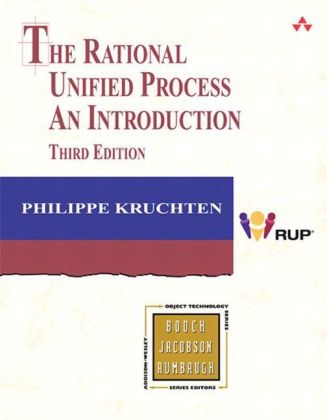En savoir plus
(NOTE: Each chapter concludes with a summary. ) Preface. I. THE PROCESS. 1. Software Development Best Practices. The Value of Software. Symptoms and Root Causes of Software Development Problems. Software Best Practices. Develop Software Iteratively. Manage Requirements. Use Component-Based Architectures. Visually Model Software. Continuously Verify Software Quality. Control Changes to Software. The Rational Unified Process. 2. The Rational Unified Process. What Is the Rational Unified Process? The Rational Unified Process as a Product. Software Best Practices in the Rational Unified Process. Other Key Features of the Rational Unified Process. A Brief History of the Rational Unified Process. 3. Static Structure: Process Description. A Model of the Rational Unified Process. Roles. Activities. Artifacts. Disciplines. Workflows. Additional Process Elements. A Process Framework. 4. Dynamic Structure: Iterative Development. The Sequential Process. Overcoming Difficulties: Iterate! Gaining Control: Phases and Milestones. A Shifting Focus across the Cycle. Phases Revisited. Benefits of an Iterative Approach. 5. An Architecture-Centric Process. The Importance of Models. Architecture. The Importance of Architecture. A Definition of Architecture. Architecture Representation. An Architecture-Centric Process. The Purpose of Architecture. Component-Based Development. Other Architectural Concepts. 6. A Use-Case-Driven Process. Definitions. Identifying Use Cases. Evolving Use Cases. Organizing Use Cases. Use Cases in the Process. II. PROCESS DISCIPLINES. 7. The Project Management Discipline. Purpose. Planning an Iterative Project. The Concept of Risk. The Concept of Measurement. Roles and Artifacts. Workflow. Building an Iteration Plan. 8. The Business Modeling Discipline. Purpose. Why Business Modeling? Using Software Engineering Techniques for Business Modeling. Business Modeling Scenarios. Roles and Artifacts. Workflow. From the Business Models to the Systems. Modeling the Software Development Business. Tool Support. 9. The Requirements Discipline. Purpose. What Is a Requirement? Types of Requirements. Capturing and Managing Requirements. Requirements Workflow. Roles in Requirements. Artifacts Used in Requirements. Tool Support. 10. The Analysis and Design Discipline. Purpose. Analysis versus Design. How Far Must Design Go? Roles and Artifacts. Designing a User-Centered Interface. The Design Model. The Analysis Model. The Role of Interfaces. Artifacts for Real-Time Systems. Component-Based Design. Workflow. Tool Support. 11. The Implementation Discipline. Purpose. Builds. Integration. Prototypes. Roles and Artifacts. Workflow. Tool Support. 12. The Test Discipline.

